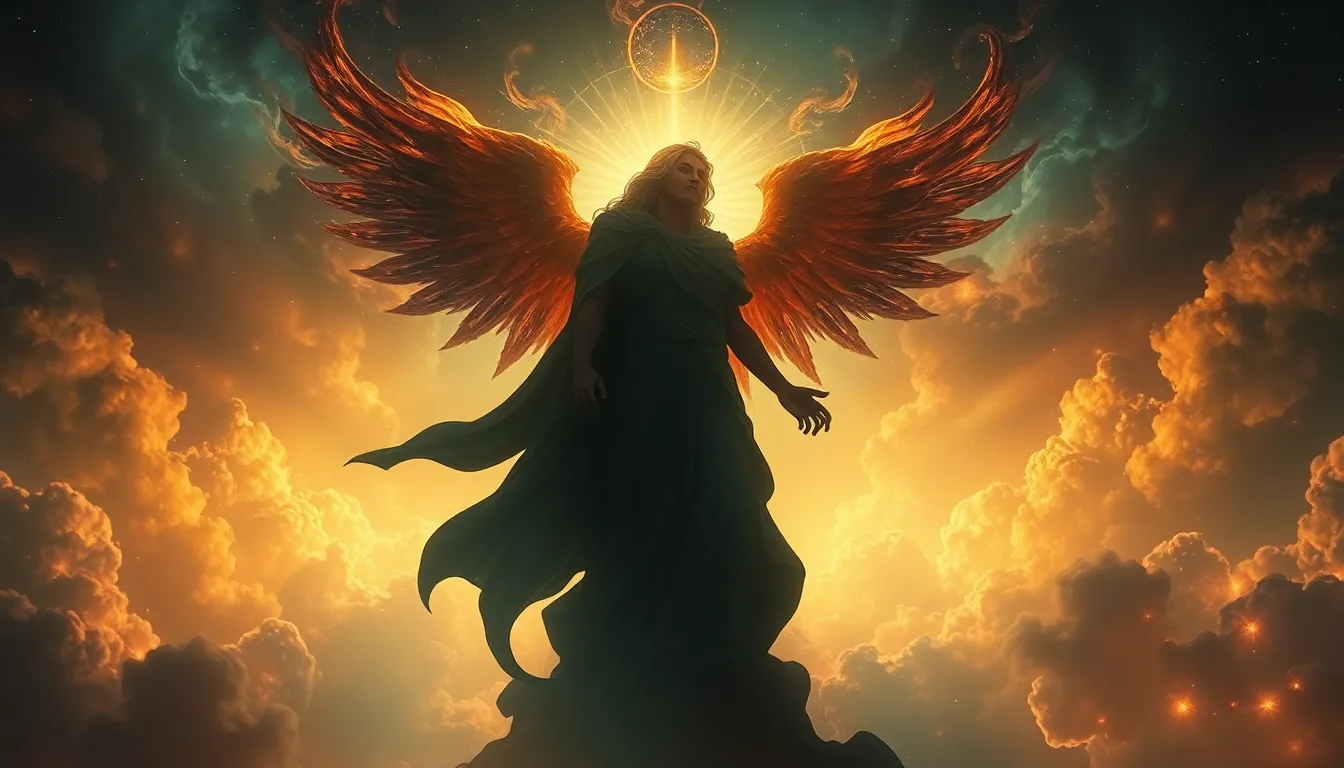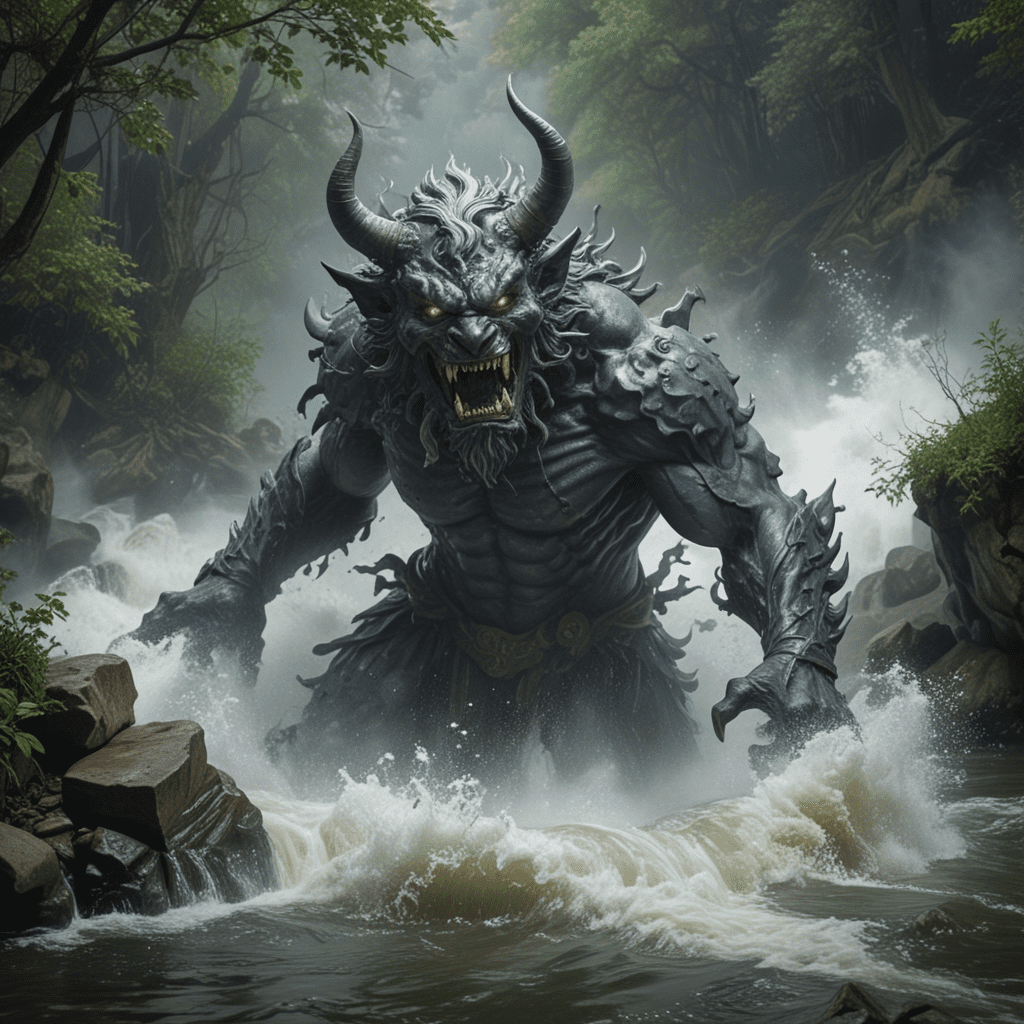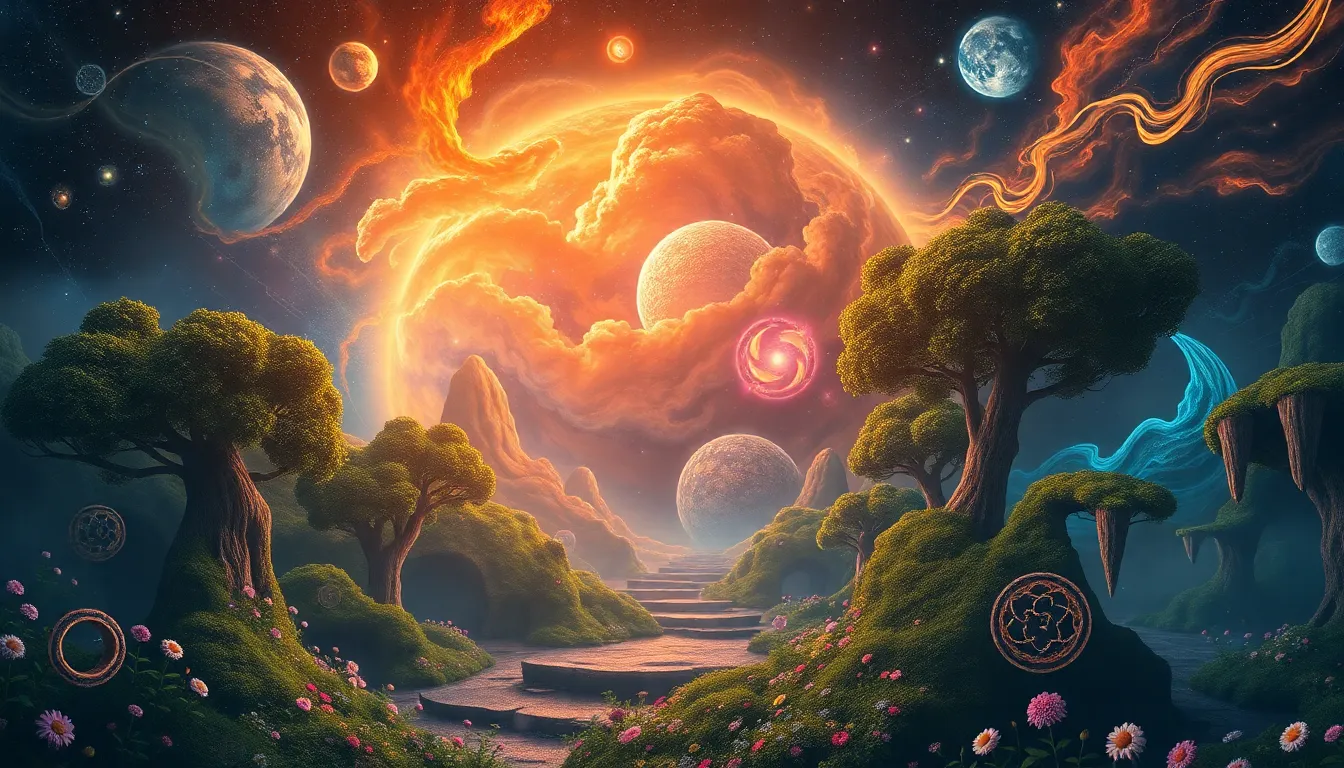The Divine Imagination: How Myths Inspire Our Understanding of Creation
1. Introduction: The Intersection of Myth and Creation
Myths have played a crucial role in shaping human culture and understanding throughout history. Defined as traditional stories that explain natural or social phenomena, myths serve as a bridge between the tangible world and the abstract concepts of existence and creation. They provide a framework for interpreting the universe and our place within it, acting as foundational narratives that embody the values and beliefs of different cultures.
Creation narratives, in particular, are significant as they attempt to answer fundamental questions about the origin of the universe, life, and humanity itself. These stories not only reflect the beliefs of a culture but also illustrate the universal quest for meaning in the face of existence.
2. The Essence of Myth: Understanding Its Purpose and Function
Myths fulfill various psychological and cultural roles. They serve as:
- Explanatory Tools: Myths provide explanations for natural phenomena that ancient peoples could not understand, such as the changing seasons or the creation of the earth.
- Cultural Connectors: They connect individuals to their cultural heritage, fostering a sense of belonging and identity.
- Moral Frameworks: Myths often impart moral lessons, guiding behavior and societal norms.
Through these functions, myths shape worldviews and moral frameworks, offering insights into the values and beliefs that underpin various societies. They encapsulate the collective experiences and aspirations of humanity, reflecting our deepest fears, hopes, and existential queries.
3. Creation Myths Across Cultures: A Comparative Analysis
Creation myths vary widely across cultures, yet many share striking similarities. For instance, the biblical account of Genesis describes God creating the world in six days, while the Babylonian Enuma Elish presents a story of gods battling chaos to bring order to the universe. In contrast, modern scientific theories like the Big Bang provide a different perspective, emphasizing a cosmic explosion as the origin of the universe.
Common themes in these narratives include:
- Chaos to Order: Many myths depict a transition from chaos to order, illustrating humanity’s desire to impose structure on the universe.
- Divine Intervention: The presence of gods or divine beings is a frequent element, emphasizing that creation often involves a higher power.
- Cycles of Creation and Destruction: Many myths explore the cyclical nature of existence, reflecting natural processes such as birth, death, and rebirth.
Despite these commonalities, each culture’s unique context shapes its creation narrative, illustrating the diversity of human thought and belief.
4. The Role of the Divine in Creation Myths
In creation myths, the divine often plays a pivotal role, with different cultures portraying their deities in varied ways. For example:
- Monotheistic Views: In traditions such as Judaism and Christianity, a single, omnipotent God creates the universe deliberately and purposefully.
- Polytheistic Perspectives: In many ancient religions, multiple gods have distinct roles in creation, reflecting a more chaotic and dynamic view of the cosmos.
- Impersonal Forces: Some narratives, like certain interpretations of the Big Bang, depict creation as a result of impersonal forces and natural laws rather than divine will.
These representations profoundly impact human understanding of existence, influencing beliefs about morality, purpose, and the nature of the universe.
5. Symbolism in Creation Myths: Interpreting the Imagery
Creation myths are rich with symbolism, employing imagery that resonates with human experience. Common symbols include:
- Water: Often represents chaos and the primordial state of existence, as seen in the biblical flood narratives and the Enuma Elish.
- Light: Frequently symbolizes knowledge, enlightenment, and the divine, illustrating the movement from darkness to illumination.
- Chaos: Represents uncertainty and the unknown, a common theme in the transition from disorder to creation.
These symbols hold significant meaning, reflecting human experiences and emotions, aiding in our understanding of existence and the universe.
6. Myth and Science: Bridging the Gap in Understanding Creation
The relationship between scientific explanations of creation and mythological narratives can be complex. Scientific theories such as evolution and cosmology provide empirical explanations for the origins of life and the universe. However, myths can complement scientific views by offering meaning and context. For instance:
- Myths as Metaphors: Myths can be seen as metaphorical representations of scientific principles, helping to articulate human experiences of creation.
- Existential Meaning: While science explains how things came to be, myths address why they exist, providing a sense of purpose and belonging.
By recognizing the value of both scientific and mythological perspectives, we can foster a more holistic understanding of creation.
7. Psychological Perspectives: Myths as Reflections of Human Nature
From a psychological standpoint, creation myths can be seen as reflections of archetypal narratives rooted in the collective unconscious, as proposed by Carl Jung. These myths encapsulate universal themes that resonate with human nature:
- Archetypes: Creation myths often feature archetypal figures, such as the hero, the wise old man, or the trickster, representing different facets of the human experience.
- Existential Questions: They address fundamental human concerns, such as the nature of life and death, the search for identity, and the quest for meaning.
By understanding the psychological dimensions of these myths, we can gain deeper insights into our own fears, hopes, and aspirations.
8. Modern Interpretations of Ancient Myths: Relevance Today
Contemporary thinkers and artists continue to reinterpret creation myths, infusing them with modern relevance. This can be seen in:
- Literature: Many authors draw on mythological themes to explore contemporary issues, reimagining ancient narratives in light of modern experiences.
- Art: Visual artists often use mythological imagery to comment on societal values, human relationships, and existential themes.
- Popular Culture: Films, television shows, and video games frequently incorporate mythological elements, reflecting our ongoing fascination with these narratives.
The reinterpretation of these myths underscores their lasting influence and relevance in a rapidly changing world.
9. The Future of Creation Myths: Evolving Narratives in a Changing World
As globalization and technology continue to reshape our world, creation narratives are evolving. New myths are emerging in response to contemporary challenges, such as:
- Climate Change: Stories that address environmental crises are becoming increasingly prevalent, reflecting humanity’s struggle to understand and cope with ecological disasters.
- Technological Advancements: The rise of artificial intelligence and biotechnology prompts new myths that explore the implications of these technologies on the future of humanity.
- Cultural Exchange: Global interconnectedness fosters the blending of different mythological traditions, creating hybrid narratives that reflect diverse perspectives.
These evolving narratives highlight the dynamic nature of myths and their capacity to adapt to changing circumstances.
10. Conclusion: The Lasting Impact of Myths on Our Understanding of Creation
Myths have long been integral to our understanding of creation, offering insights into the universe and our place within it. They shape our perceptions, influence our values, and address existential questions that resonate deeply within us. By engaging with these narratives, we can deepen our appreciation of existence and creativity, finding meaning in both the ancient and the modern. As we continue to explore these stories, we can uncover the timeless truths they hold, enriching our understanding of life and the cosmos.



